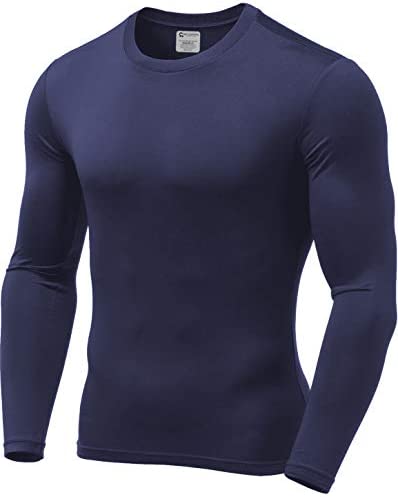Trekking to the Everest base camp is a dream of many amateur and expert trekkers alike. To accomplish this amazing feat, you need careful and meticulous planning. To get ahead of things and make your trip memorable, start your packing early. If you have issues with your gears, there will be plenty of time to return or exchange them.
Everest Base Camp Trek Packing List | The Complete Equipment Guide
Table of Contents
The Everest base camp trek can be very demanding as you will go over 2800 meters (9000 feet) in altitude. You will trek in all kinds of terrain from lush green forests to hard rocky climbs to icy and barren landscapes. So, it’s vital to get your gears prepared for all the challenges that can come.
Apart from your strength, a key to a good trek is to get quality gear that will not forsake you up in the mountains. We have prepared a list of equipment that you must not forget while packing for the Everest base camp trek.
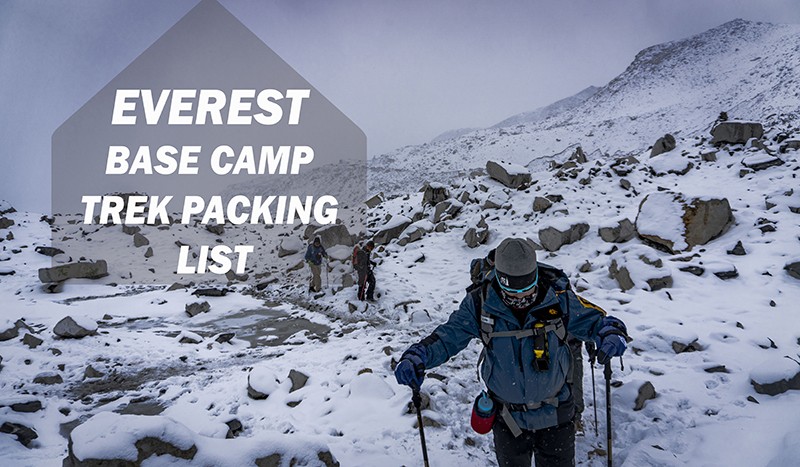
Most of the Equipment we have listed in this article can be rented or purchased in Kathmandu or Namche Bazaar. In Thamel, you can find fake products that are sold much cheaper and they are not up to the standard. If you decide to rent or buy in Thamel, check it with your guide.
The packing list for Everest Base Camp Trekking can be used for trekking all around Nepal, including some of the famous trekking trails like Annapurna Base Camp Trekking, Upper Mustang Trekking, Langtang Valley Trekking, and Nar Phu Valley Trekking.
What clothes to wear while trekking to Everest base camp?
Weather in the Everest region can be very changeable. Naturally, the temperature decreases the higher you go. Many hikers who trek the region report the Khumbu cough. It occurs due to breathing the cold and dry air that will quite literally dry the inner parts of your lungs which result in dry coughing. To avoid Khumbu cough and other ailments that follow the subzero temperature, you must be very careful while packing.
Upper Body:
Base Layer (Thermal Top)
The weather in the upper portions of the trail can get very chilly. It’s necessary to get a moisture-wicking base layer for the inner part of the body. Avoid cotton as the base layer and choose wool, wool blend, or polyester fabric. They are lightweight and warmer making them perfect for trekking in high altitudes.
Middle Layer (Insulation Layer)
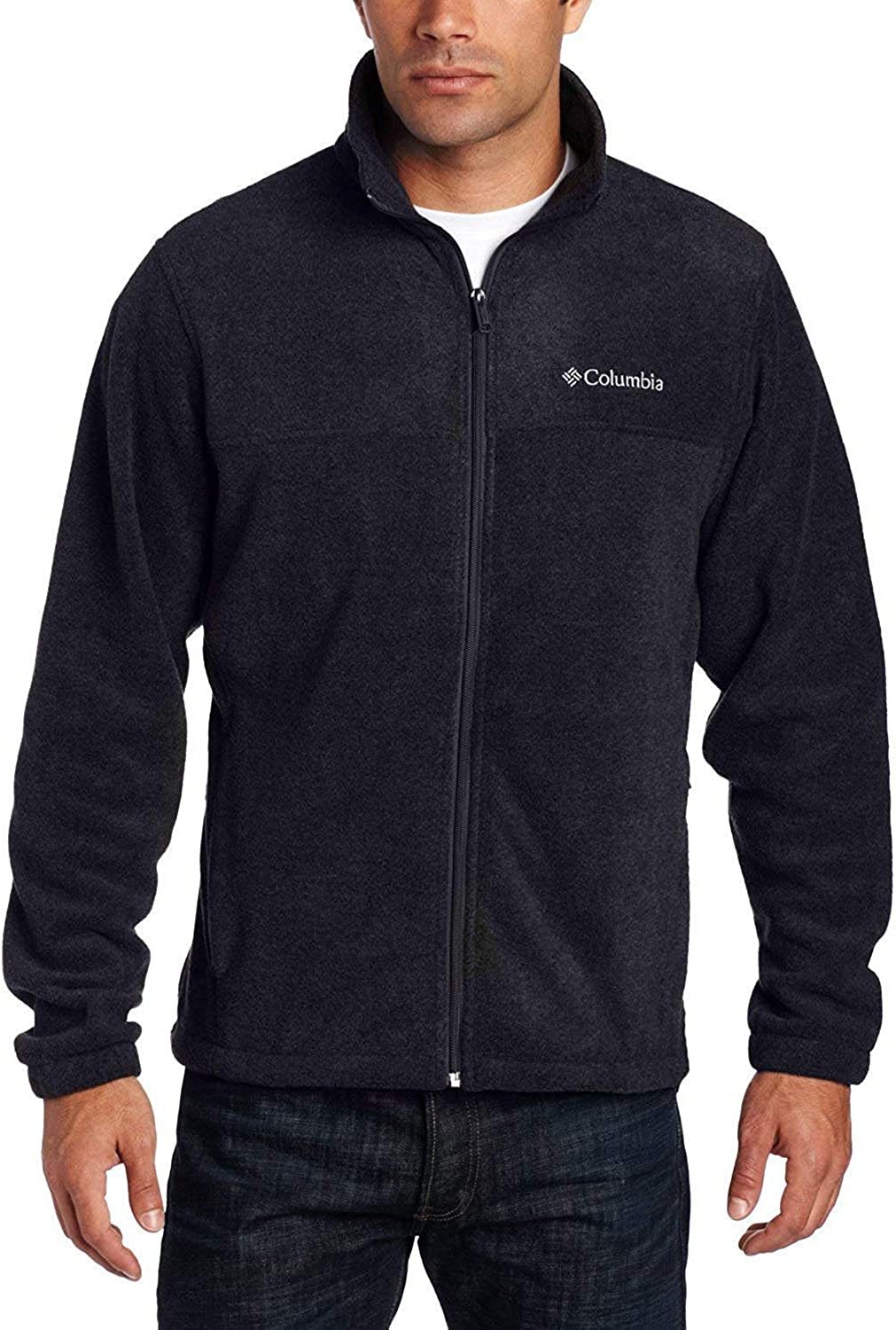
A lightweight fleece jacket is what we recommend as a mid-layer for insulation. Fleece is great for trapping heat and letting your skin breathe. A good quality fleece jacket allows easy movement while keeping you warm.
Outer Layer (Puffy Down Jackets)
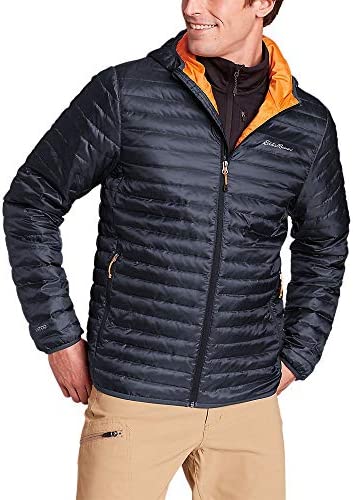
A puffy jacket, with a hood, filled with down feathers is the most popular choice for the outer layer. It’s a good idea to choose a waterproof option as it will eliminate the need to carry an extra waterproof jacket.
T-Shirts and Sun Hoodies

For hiking on warmer days, we recommend wearing a lightweight synthetic t-shirt that dries quickly. If you do not wish to wear sunscreen, long sleeve sun hoodies can be a great option.
Lower Body:
Thermal Underwear
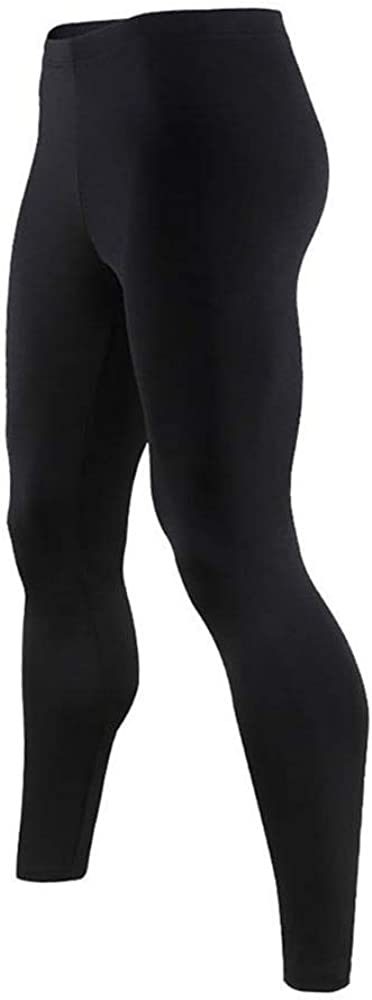
For those times when the weather is challenging while trekking and during the night, it is recommended that you wear a thermal layer for your legs. For both upper and lower base layers, make sure it fits your body well.
Hiking Trousers and Shorts
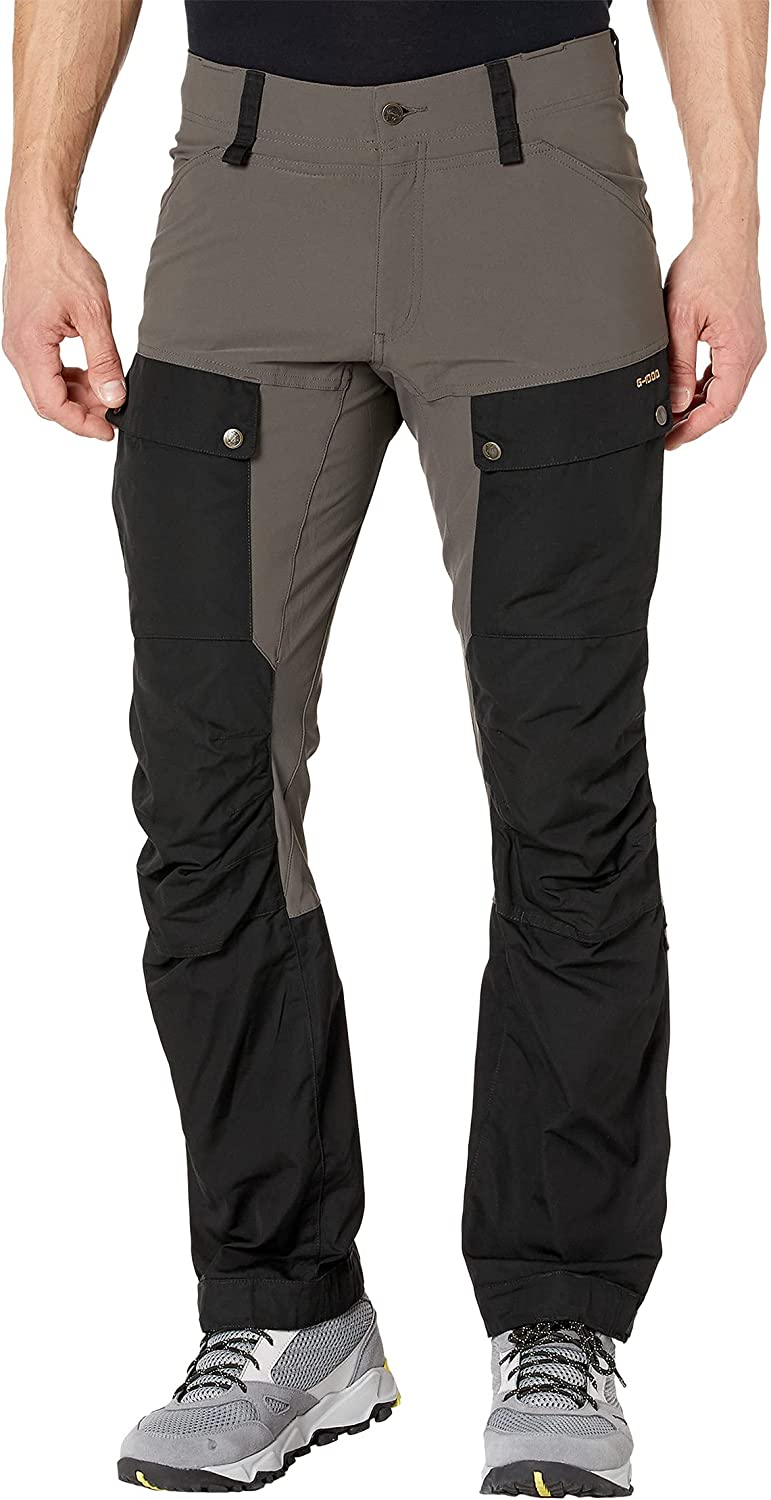
We recommend taking one pair of lightweight and slim hiking trousers that allows your skin to breathe. You should also carry a pair of shorts for the warmer days on the trail.
Softshell Pant
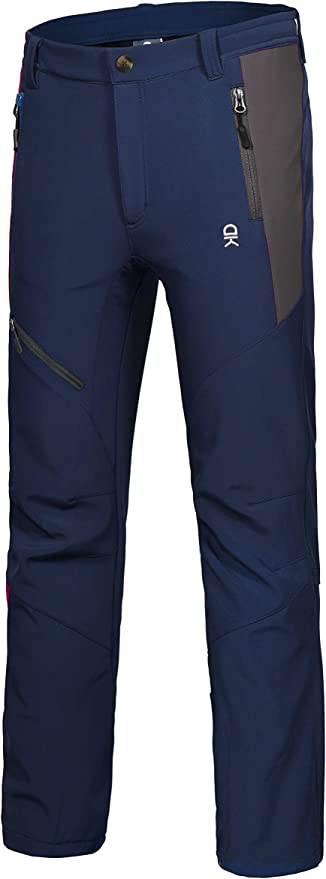
Get relatively warmer and weatherproof softshell pants to get around during the night in the high-altitude region.
Underwear
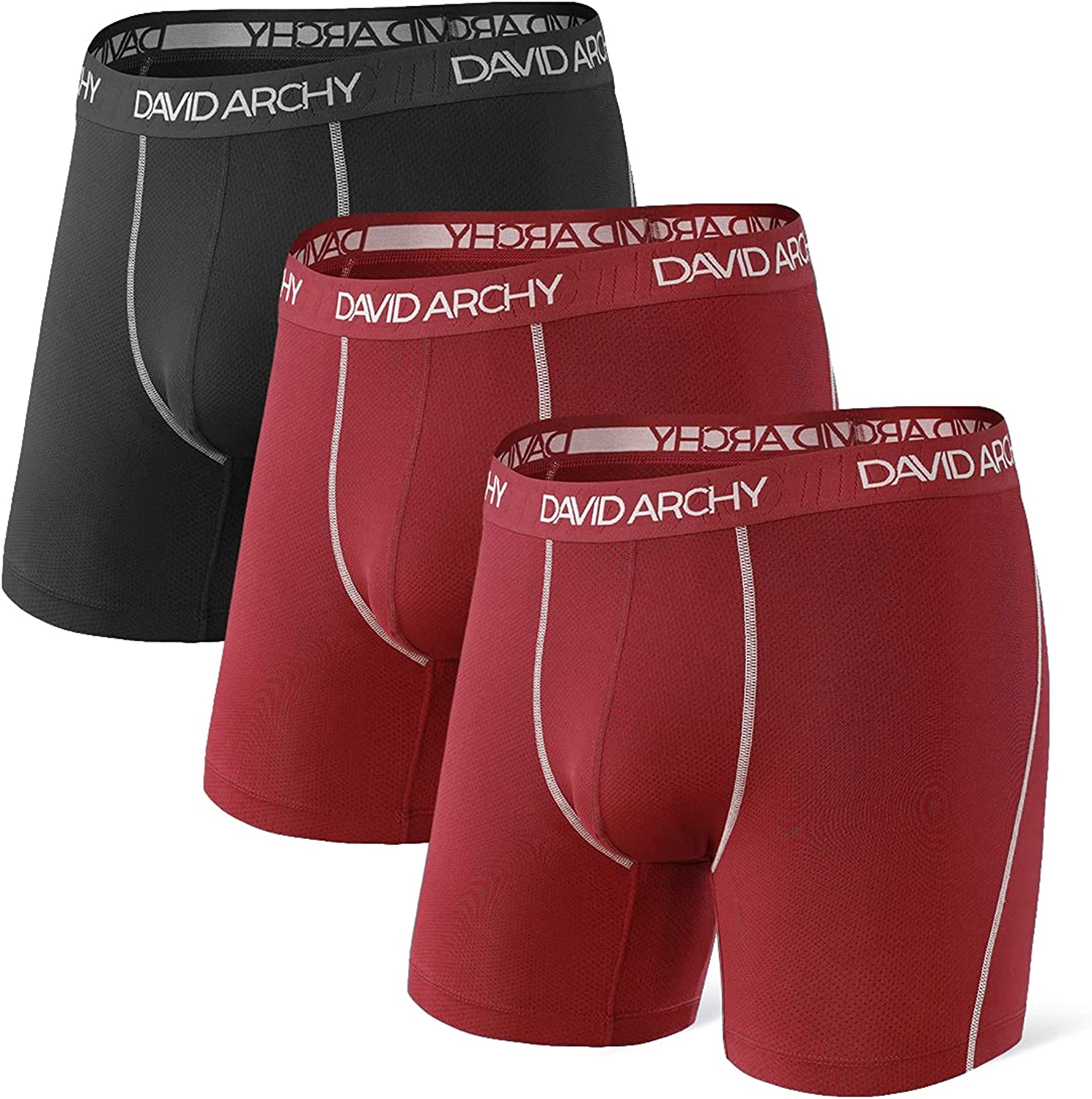
You will be walking for close to 8 hours every day. So, you must pack breathable underwear and sports bras for women.
Headwear:
Hat
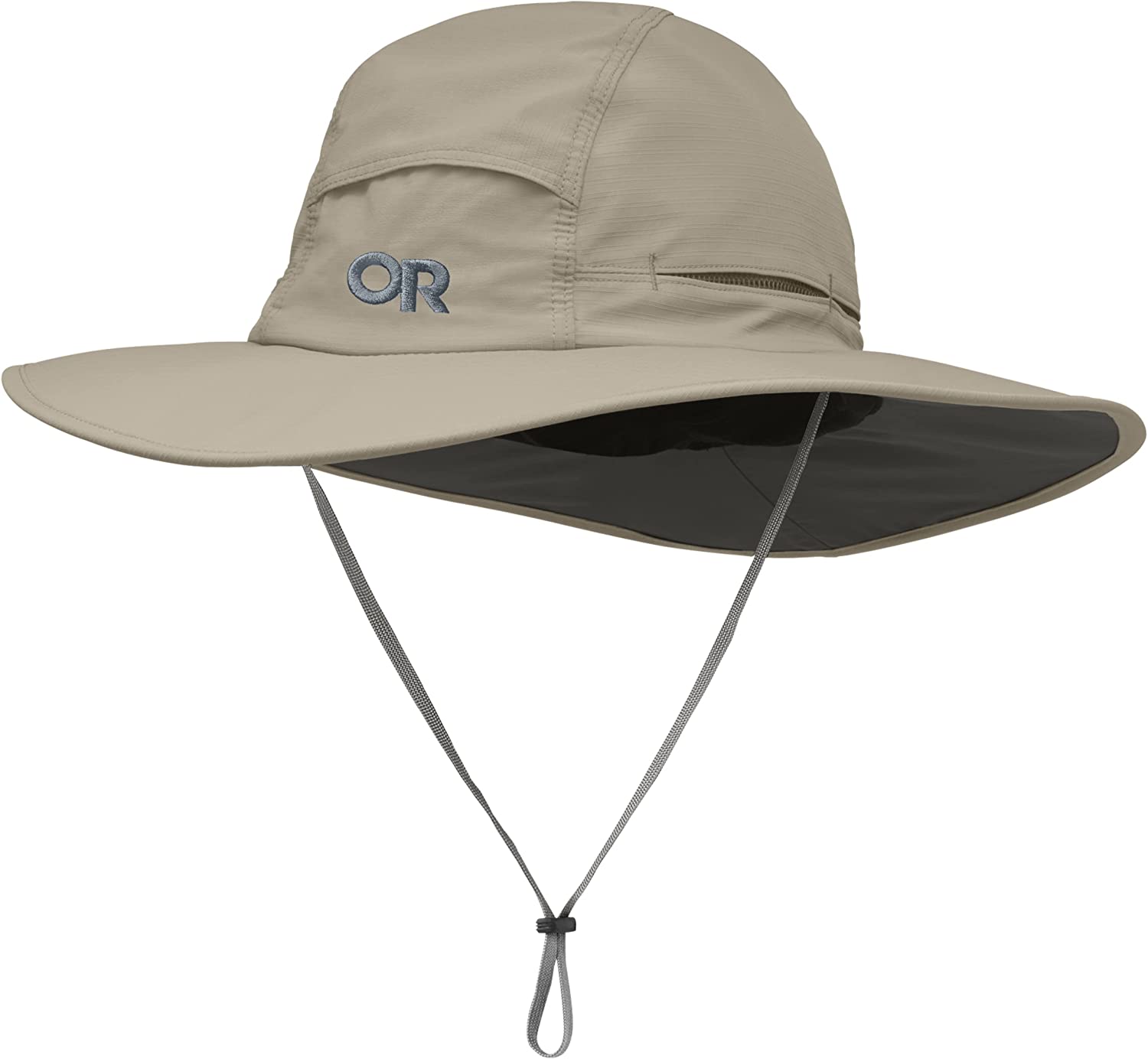
For protection against the sun, wear a wide-brimmed hat that is bendable and easy to pack.
Beanie
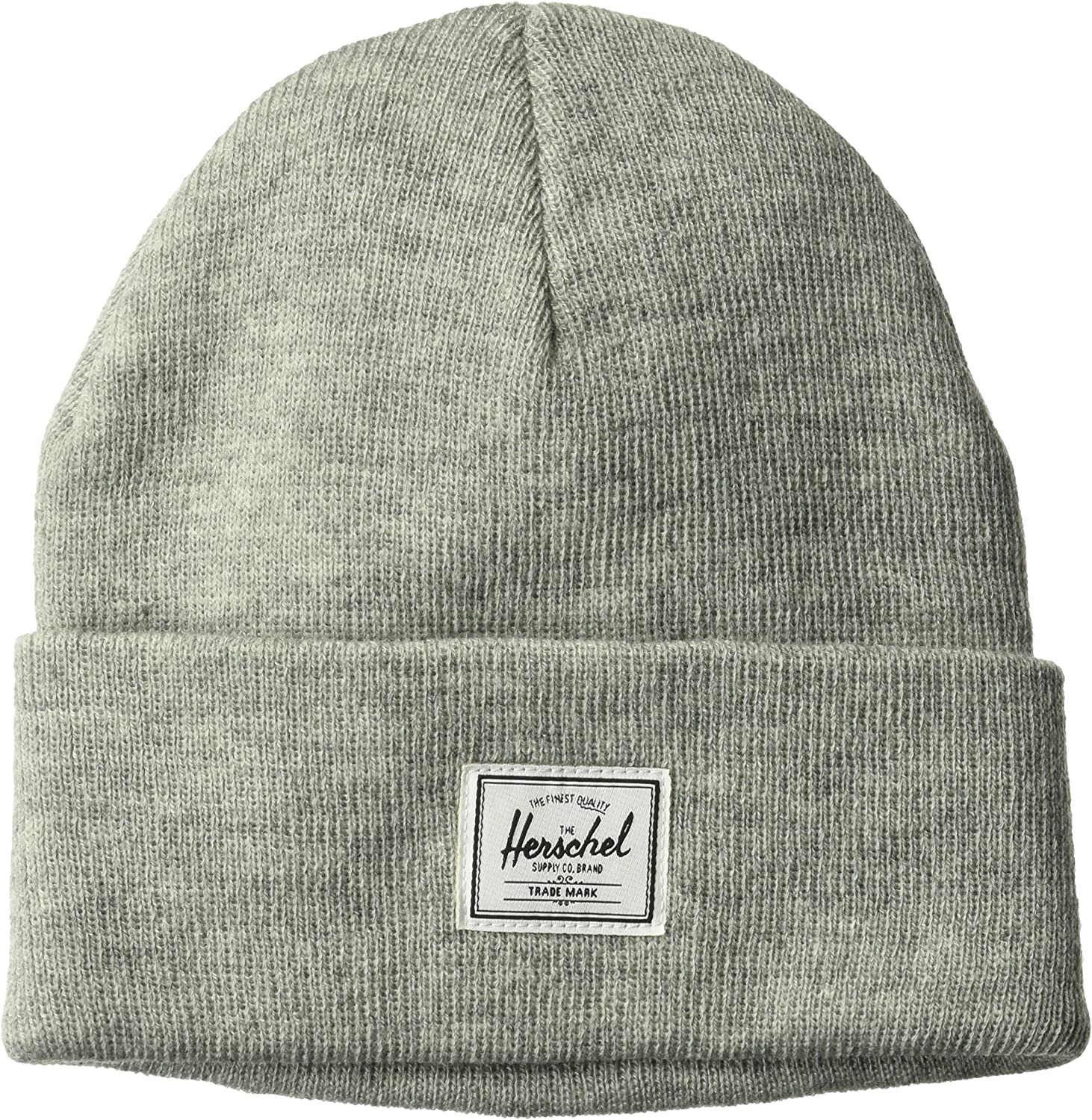
For the colder days of the trek and during the night, a beanie is a must-wear along with the hoodie of your outer jacket.
Neck Gaiter/Bandana
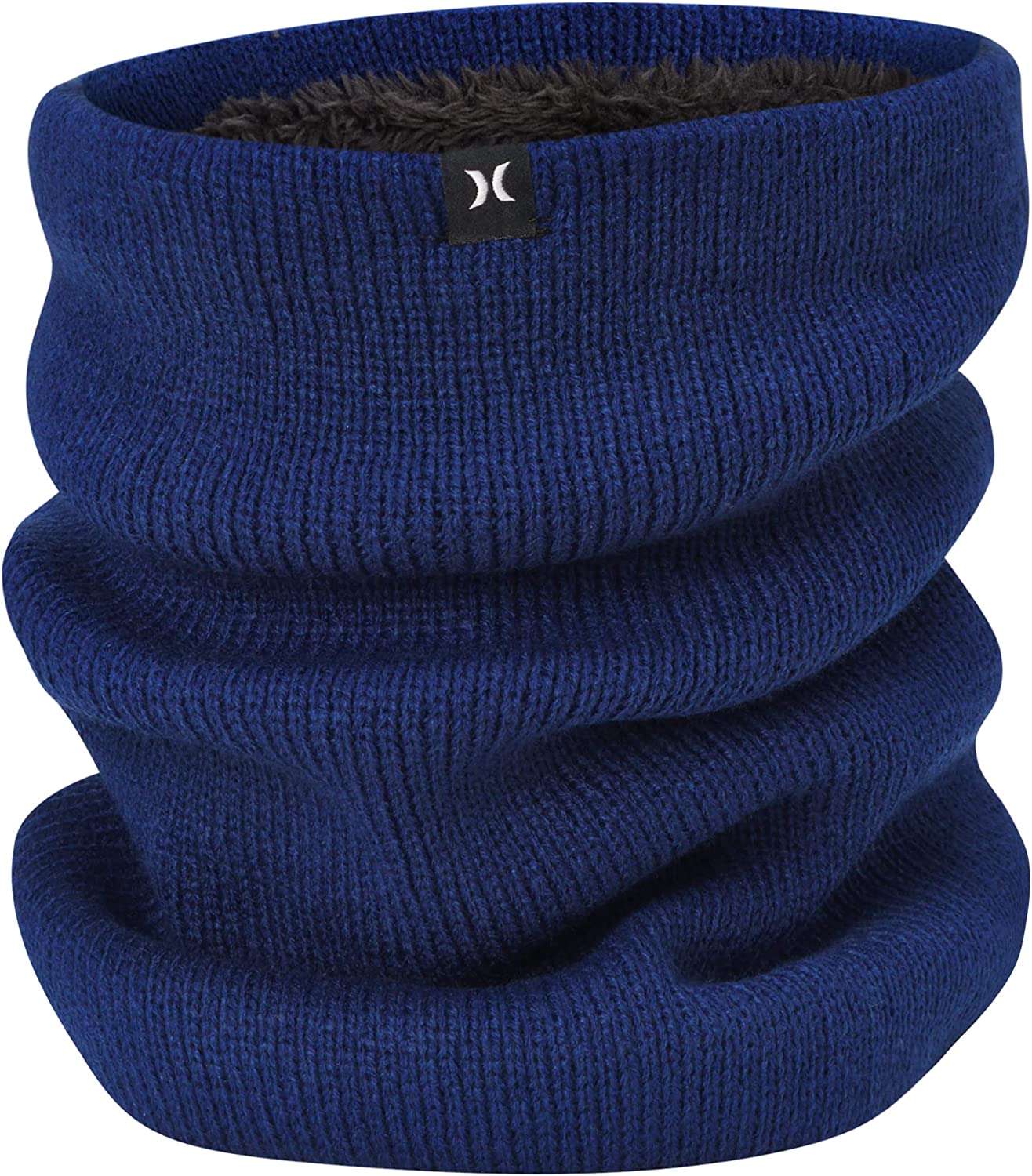
The neck gaiter will keep your neck warm and protect you against the chilly dry air which can cause the Khumbu cough.
Hands and Footwear
Gloves
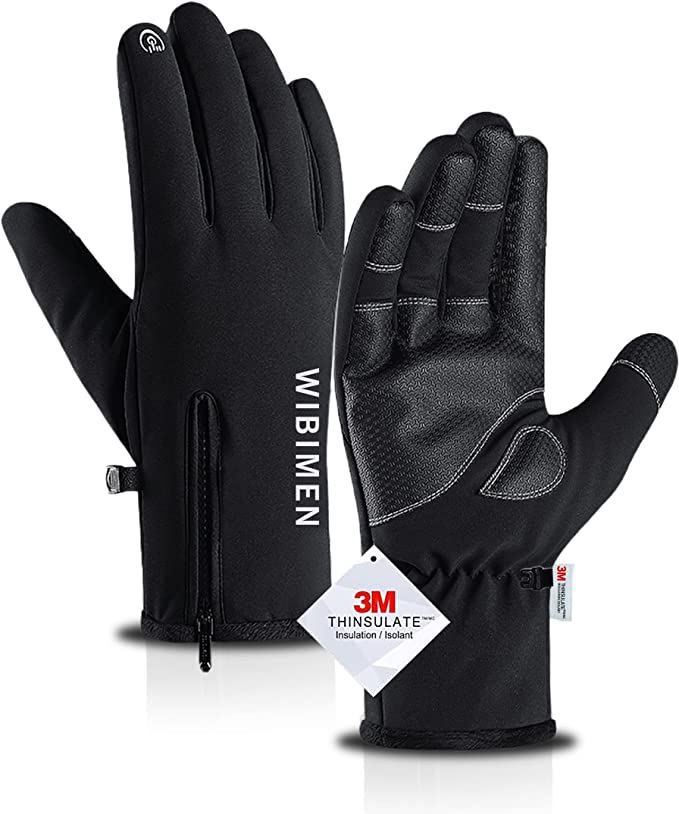
Nice waterproof gloves with fleece lining will come in handy during the nights at higher altitudes.
Socks
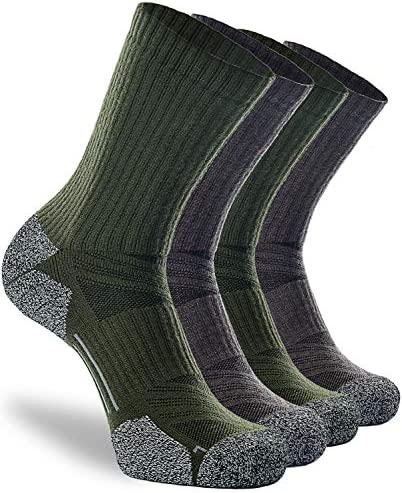
Merino wool socks are great for trekking. It doesn’t smell as much, dries quickly, and is very durable. Also, pack cotton socks for sleeping in.
Hiking Boots
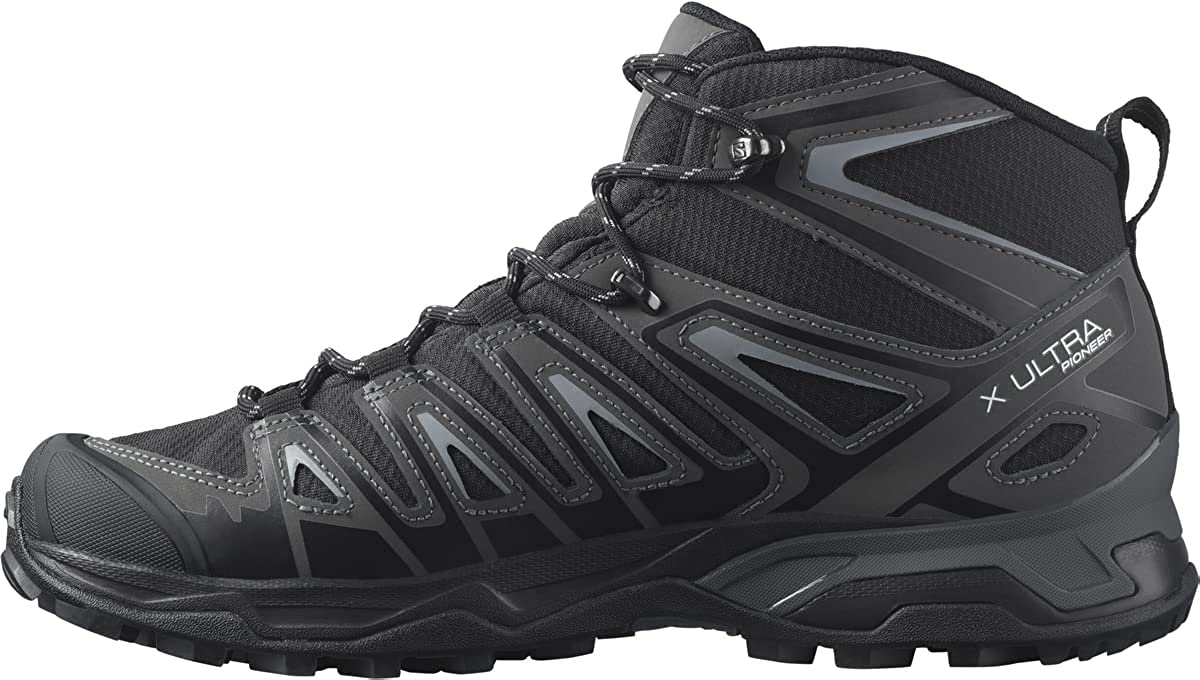
Good hiking boots are probably the most important gear for trekking. Buy durable and comfortable hiking boots that will comfortably come up to your ankles. It will reduce the risk of ankle twists. Bring extra laces, just in case. If you are buying a new one, wear it to avoid blisters during the trek.
Gaiters (Optional)
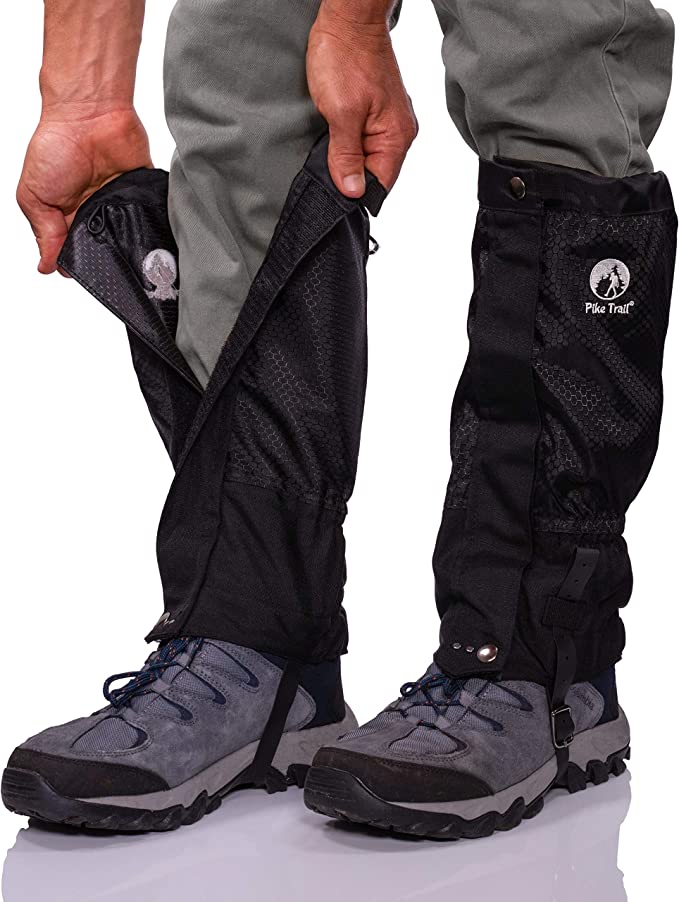
Gaiters are useful to protect your shoes from debris and mud going into them. It will also keep your leg warmer during the chillier seasons.
Sandals (Optional)
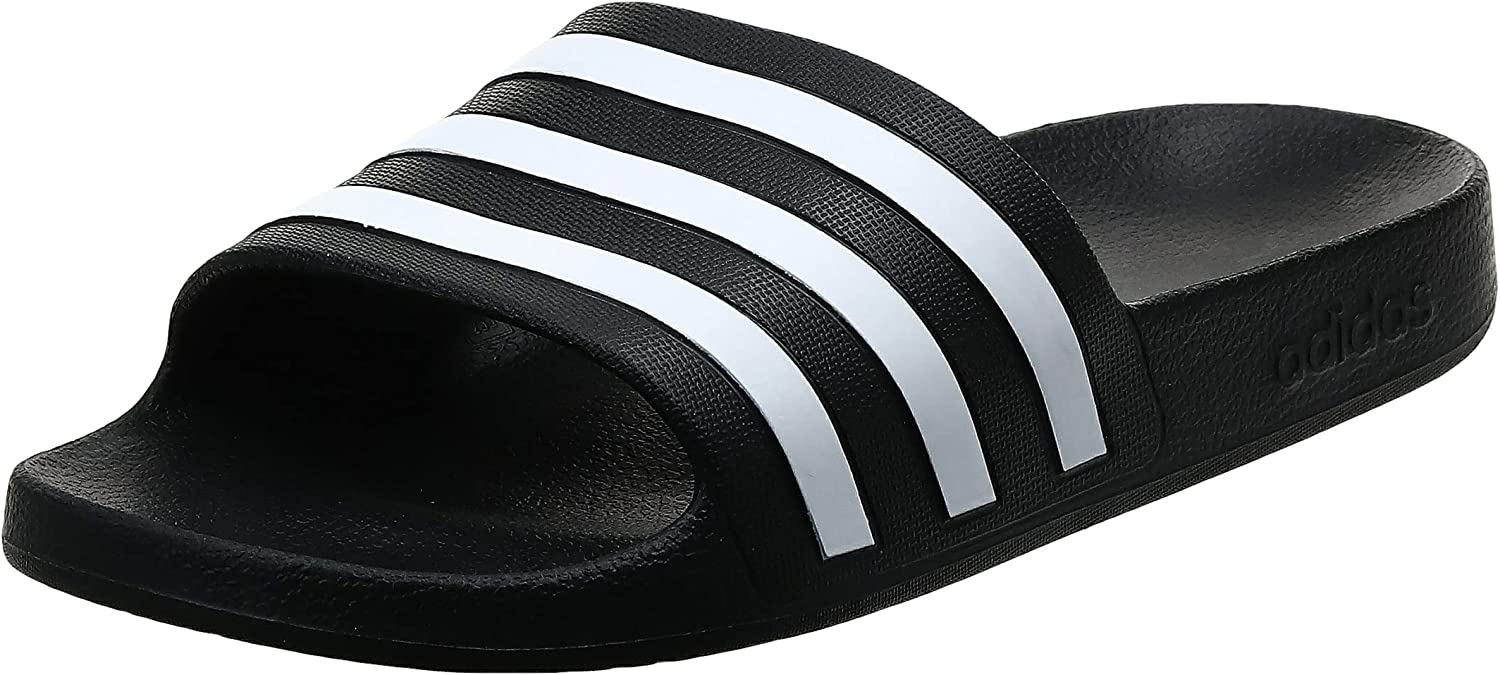
You can bring sandals to walk around during the night at the tea houses and on your acclimatization days in Namche and Dingboche.
Do you need a sleeping bag for the Everest base camp trek?
As the altitude starts to increase, the drop in temperature will be more apparent to your body, especially during the night. Teahouses are the basic accommodation during the Everest base camp trek. There are wood furnaces in the common and dining area but the rooms will get very cold.
Sleeping Bag
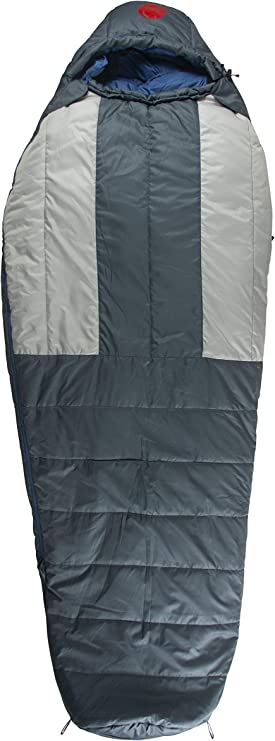
Most hikers use a sleeping bag under the provided blankets to keep warm. A mummy-style sleeping bag that is rated for -18°C (0°F) is ideal for this trail.
Sleeping Liner
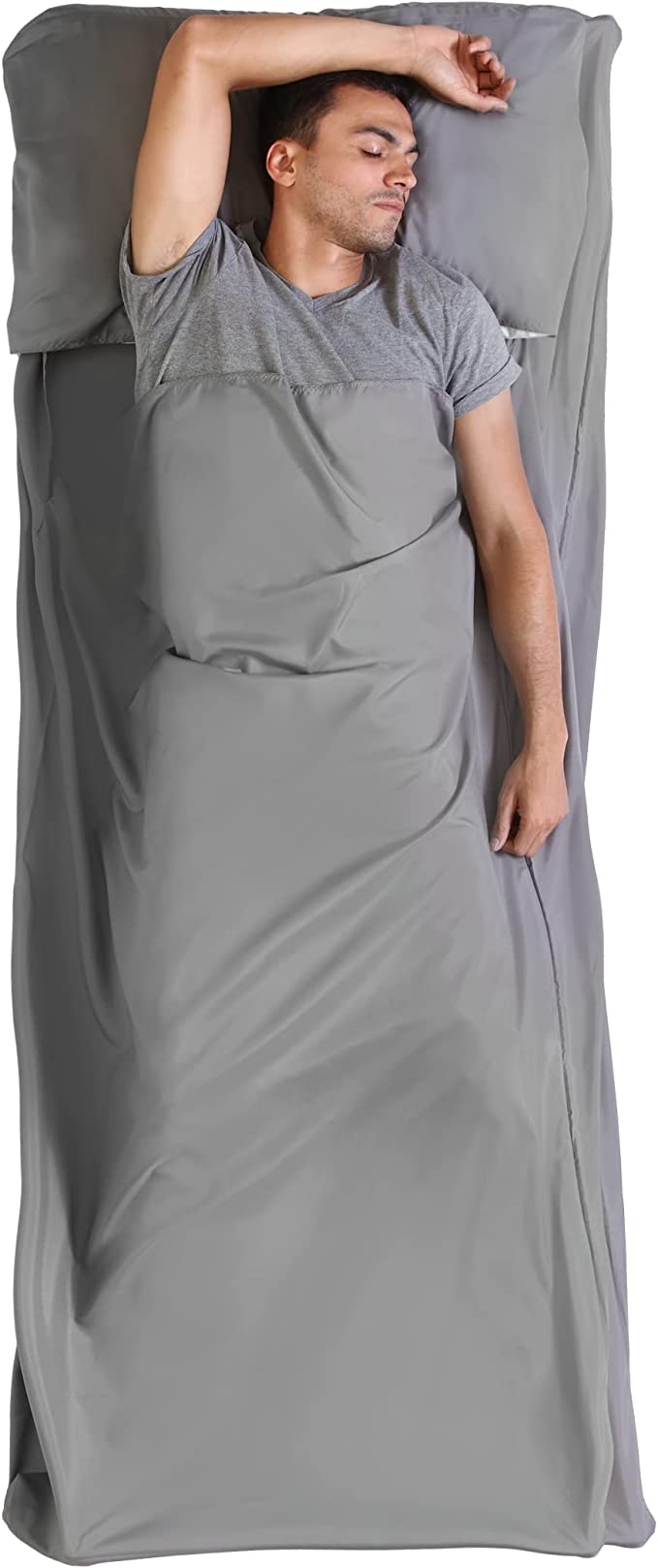
Whether you are using a sleeping bag or not, it’s a good idea to use a sleeping liner. The bed sheets and covers are not that sanitary due to the lack of water in the higher altitude. Moreover, you are going to sweat on the trail, and cleaning a dirty sleeping bag is not an easy task.
Ear Plugs
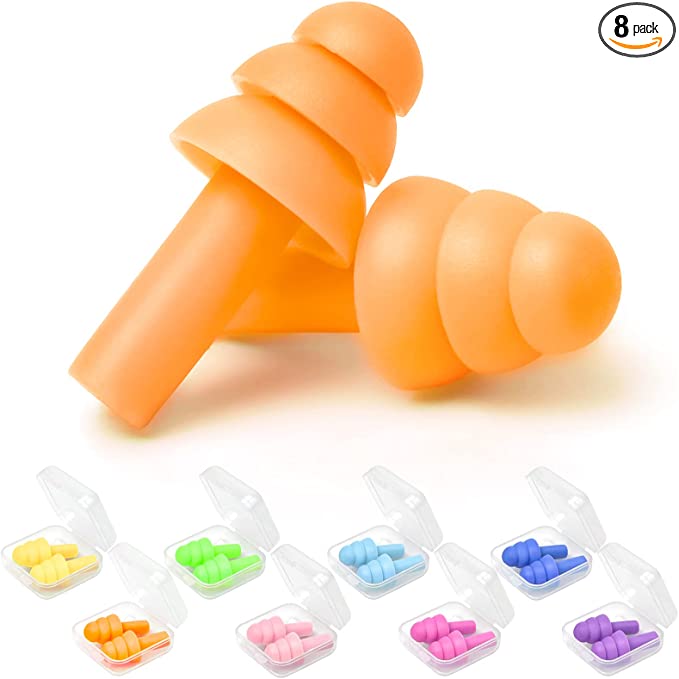
In most tea houses, you are going to share a room with other travelers. Bringing a pair of earplugs wouldn’t hurt and it weighs next to nothing. Choose the type of earplugs that best fit the size of your ears.
What kinds of bags do I need for the Everest base camp trek?
The Everest base camp trek is a long one and you will need a lot of items to complete it. So, you will need bags that are durable, comfortable, and lightweight. Since we provide porters to carry our main bag, you will need two bags for this trek.
Duffel Bag / Rucksack
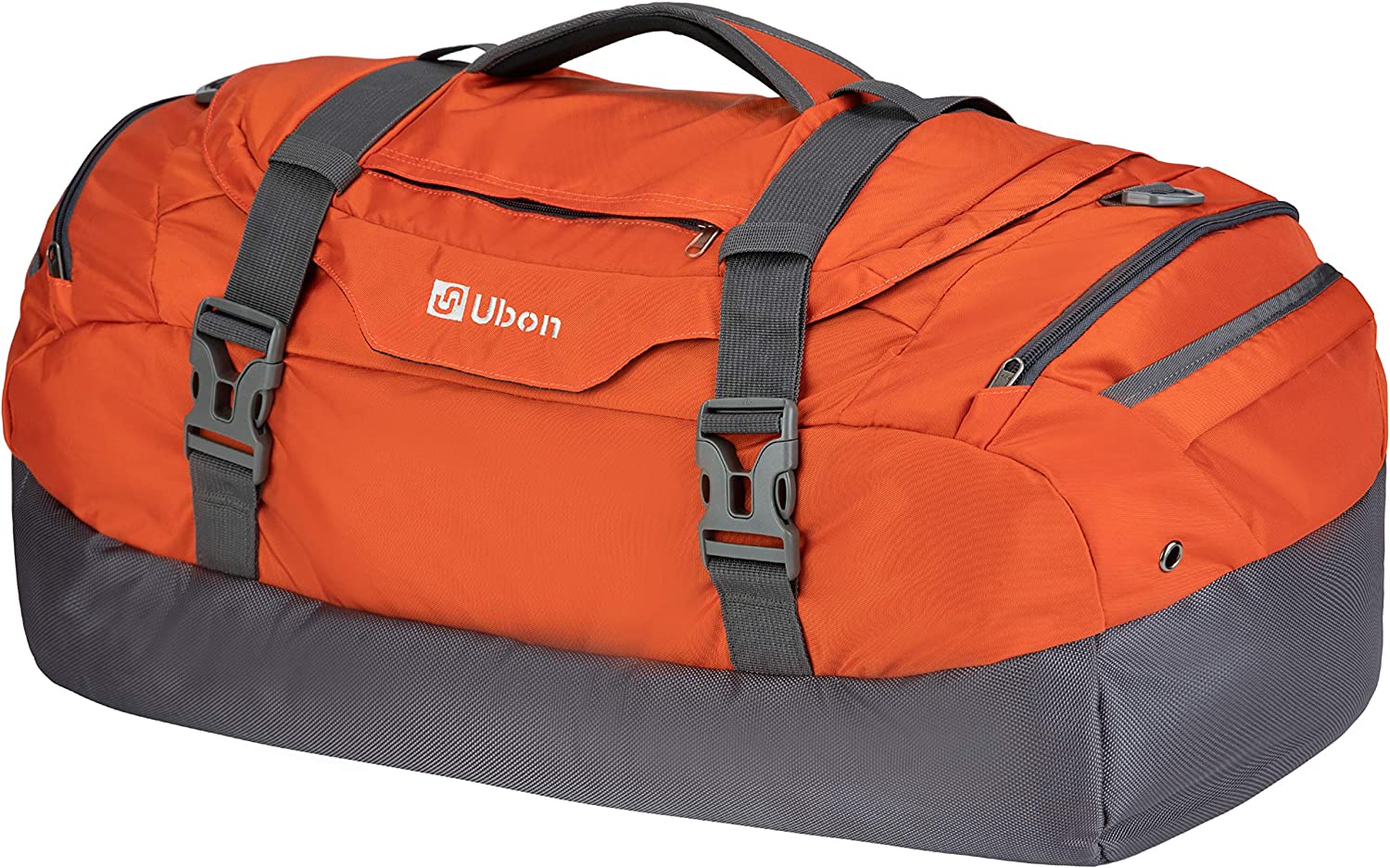
A backpack or a duffel bag has to be strong and durable for a comfortable 15 days trek. Around a 45 to 50-liter bag is enough for all the gear you will be bringing for this trek. Remember, the weight limit for the flight from Kathmandu to Lukla is 15 kg (33 pounds), including your carry-on.
Daypack
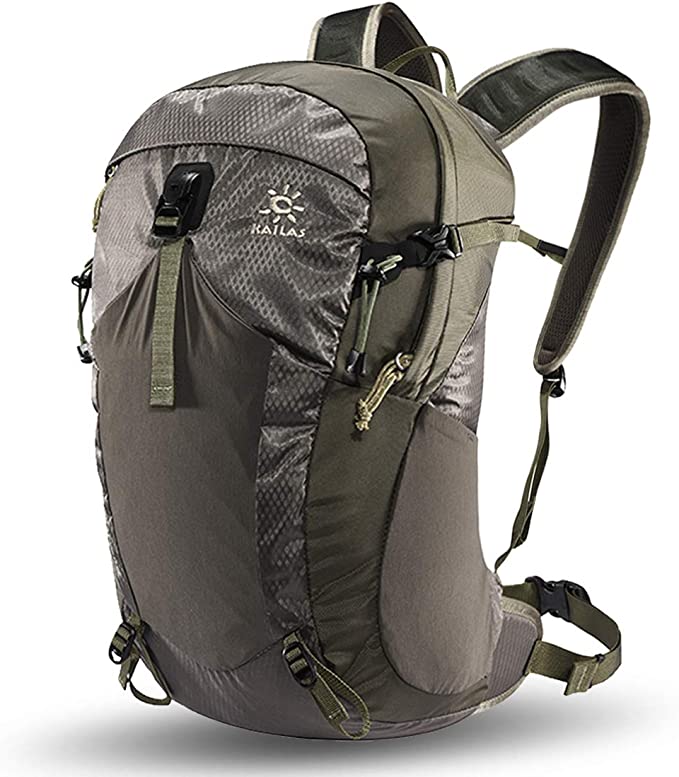
Even though your backpack is carried by the porters (provided by Himalayan Scenery and Treks), you still need a daypack to carry your essentials like a water bottle, camera, snacks, and other personal items.
Raincover
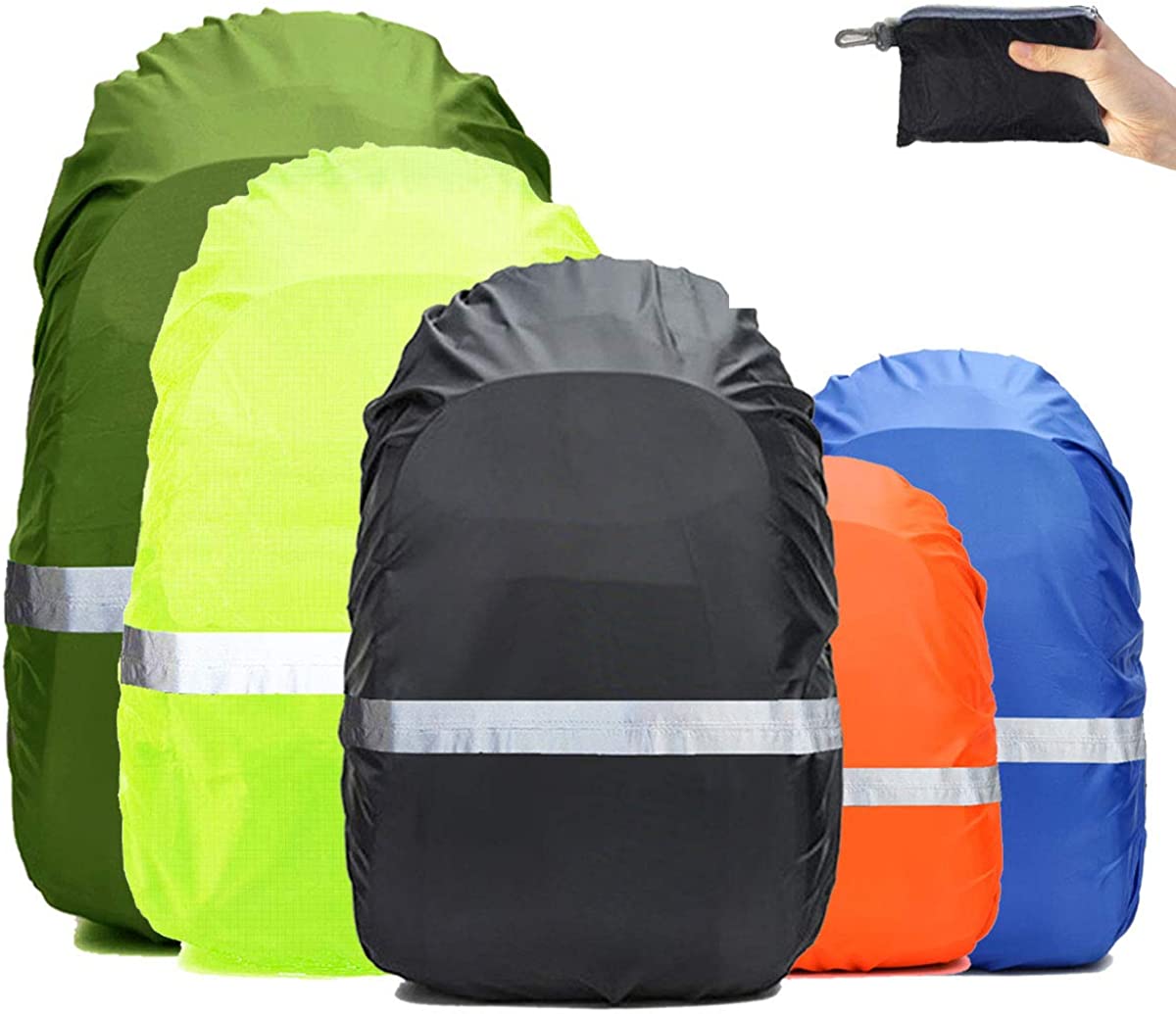
Bring along a rain cover if your backpack doesn’t have a built-in one already.
What other items should I bring?
Sunglasses with UV Protection
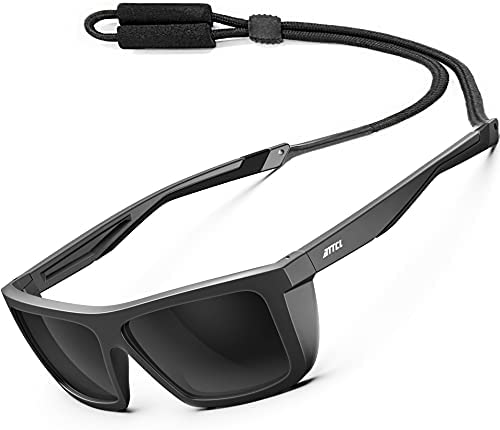
The strength of UV gets higher at higher altitudes and the glare from the snow gets distracting. Get a pair of sunglasses that has UV protection and is polarized.
Water Bottle/Hydration Bladder
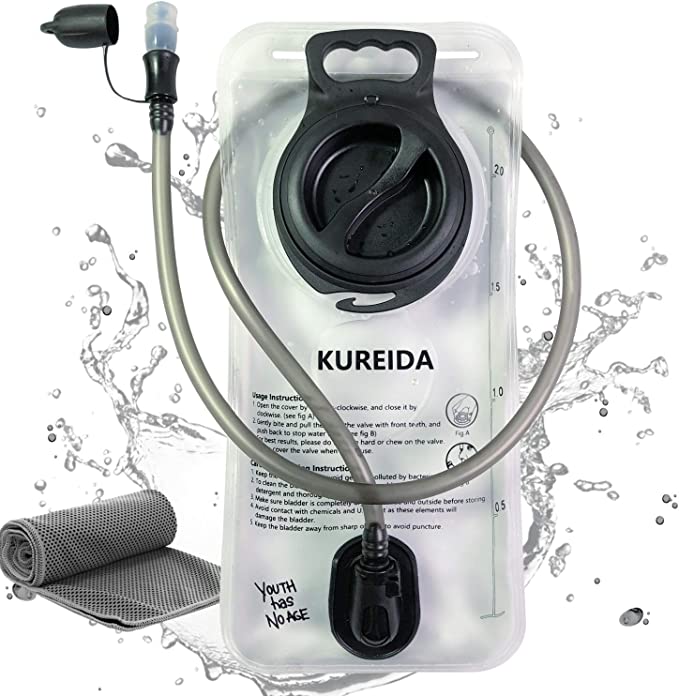
Dehydration is a serious issue while trekking to the Everest base camp. A hard plastic water bottle is a popular choice. However, it’s easier to sip on the water if you have a hydration bladder and it’s lighter than a bottle.
Portable Charger
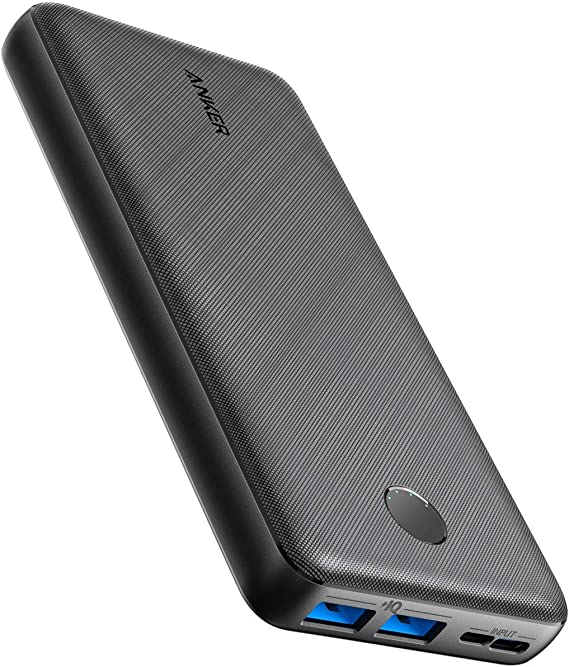
Charging your devices will cost you money when you head up from Namche Bazaar. A 20,000 mAh battery bank will be enough to keep your phone juiced up for the duration of the trip. Talking of chargers, don't bring your phone charger. (Tip: Keep your phone in Airplane mode to preserve battery.)
Kindle/Book

Bring a book or an e-reader to read in the evenings and during the acclimatization days
Waterproof bag
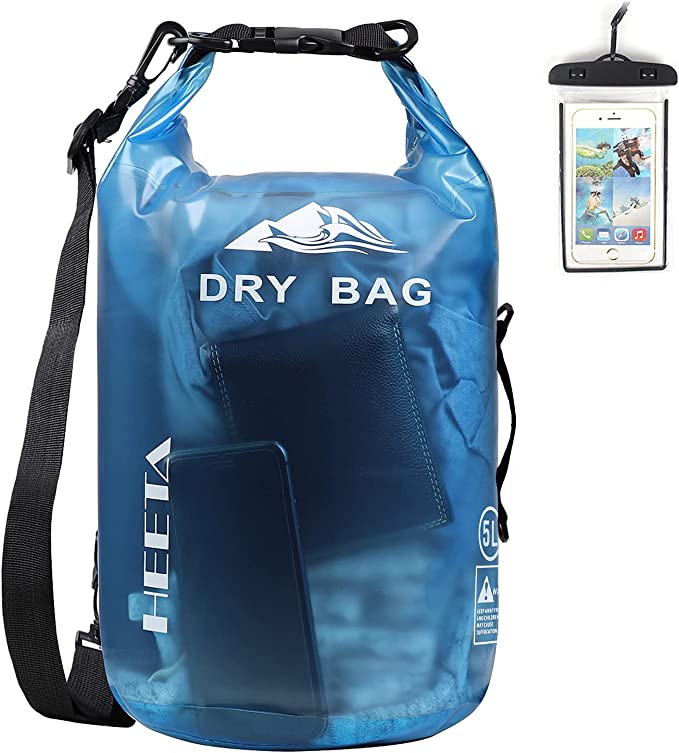
It’s handy to have a waterproof bag for your essentials like your phone and cash for an extra layer of security.
Lock
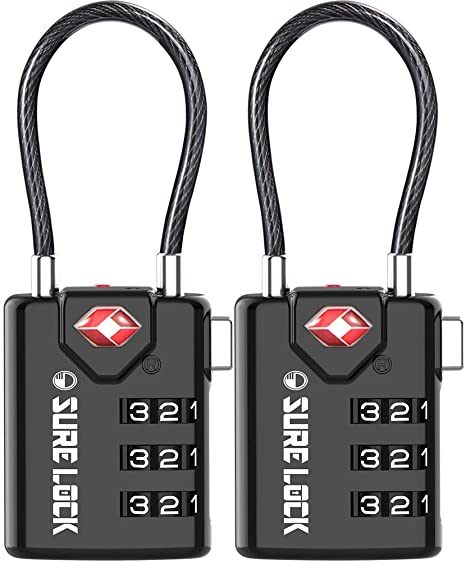
For your peace of mind! You can use the same lock that you use for airports.
Towel
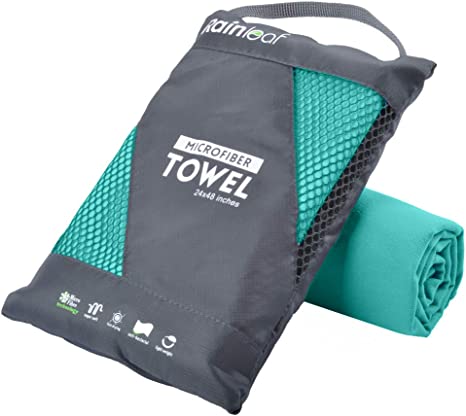
When you are packing the towels, make sure it’s the quick-drying ones.
Head Lamp
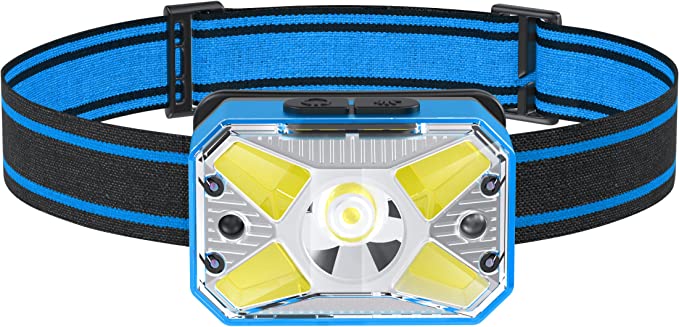
A headlamp is necessary for walking early in the morning, including the hike to Kalapatthar to see the sunrise. It’s also easier to navigate around the tea houses at night. Low-quality headlamps don’t work in the cold. So,get something rated for 0°C.
Trekking Pole
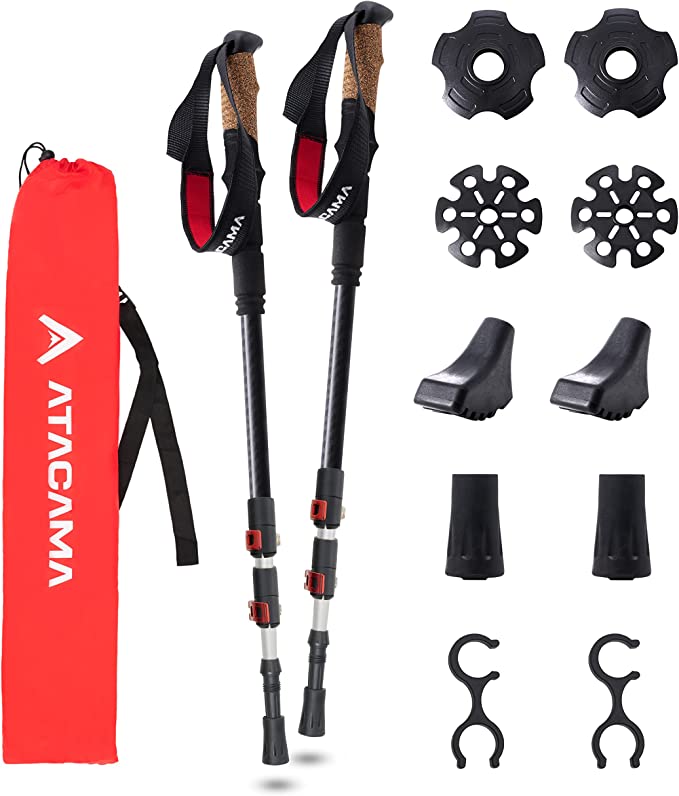
Trekking poles are other must-bring items for the Everest base camp trek. It reduces the stress on your knees and is very useful in the steep sections of the trail.
Camera and Accessories

In the high altitude, you cannot totally depend on your phone to take photos and videos. We recommend carrying a lightweight camera with good capability, like the one shown above, for the trek. Buy spare batteries and SD cards, at least two of each.
What documents do I need to travel to the Everest base camp?
Passport
This is a no-brainer. Also, bring along a couple of photocopies.
Visa
You can get the visa on arrival at Tribhuvan International Airport. It will cost $30 for 15 days and $50 for 30 days.
Cash
You can find ATMs on the trail up to Namche Bazaar but bring a small amount for emergencies.
Photos
Bring a few passport-sized photos which you might need for various registration.
Travel Insurance
Get travel insurance that covers emergency evacuation and medical bills.
Medication
We carry a first aid kit and our guides are trained in giving you first aid and will assist you in other situations. However, it’s a good idea to bring these basic medicines for the trek.
- Paracetamol
- Ibuprofen
- Acetazolamide (For Altitude sickness)
- Pre-cut blister dressings
- Prescription drugs
- Antibiotics
- Imodium
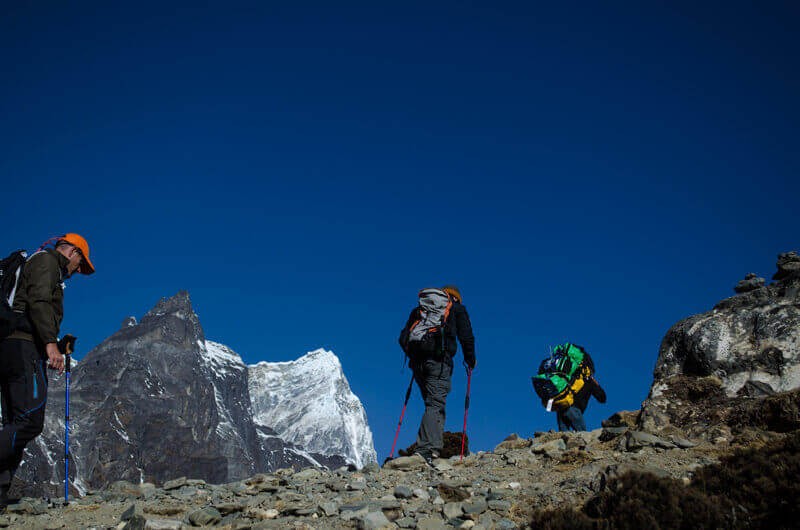
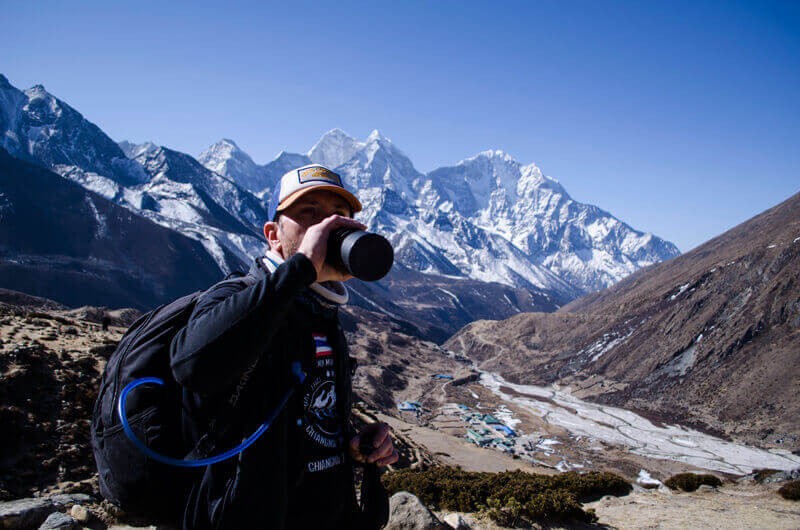
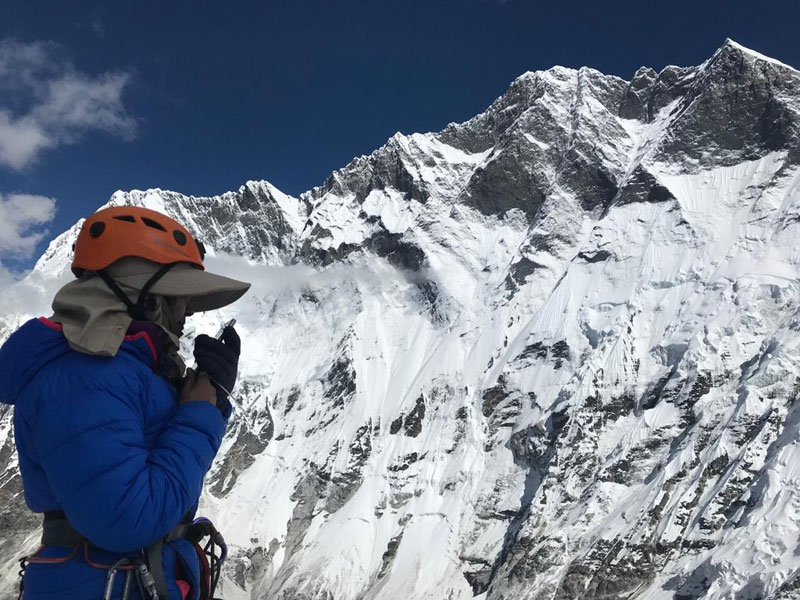
Read Next!
Everest Base Camp Trekking in October
Everest Base Camp Trek Difficulty

